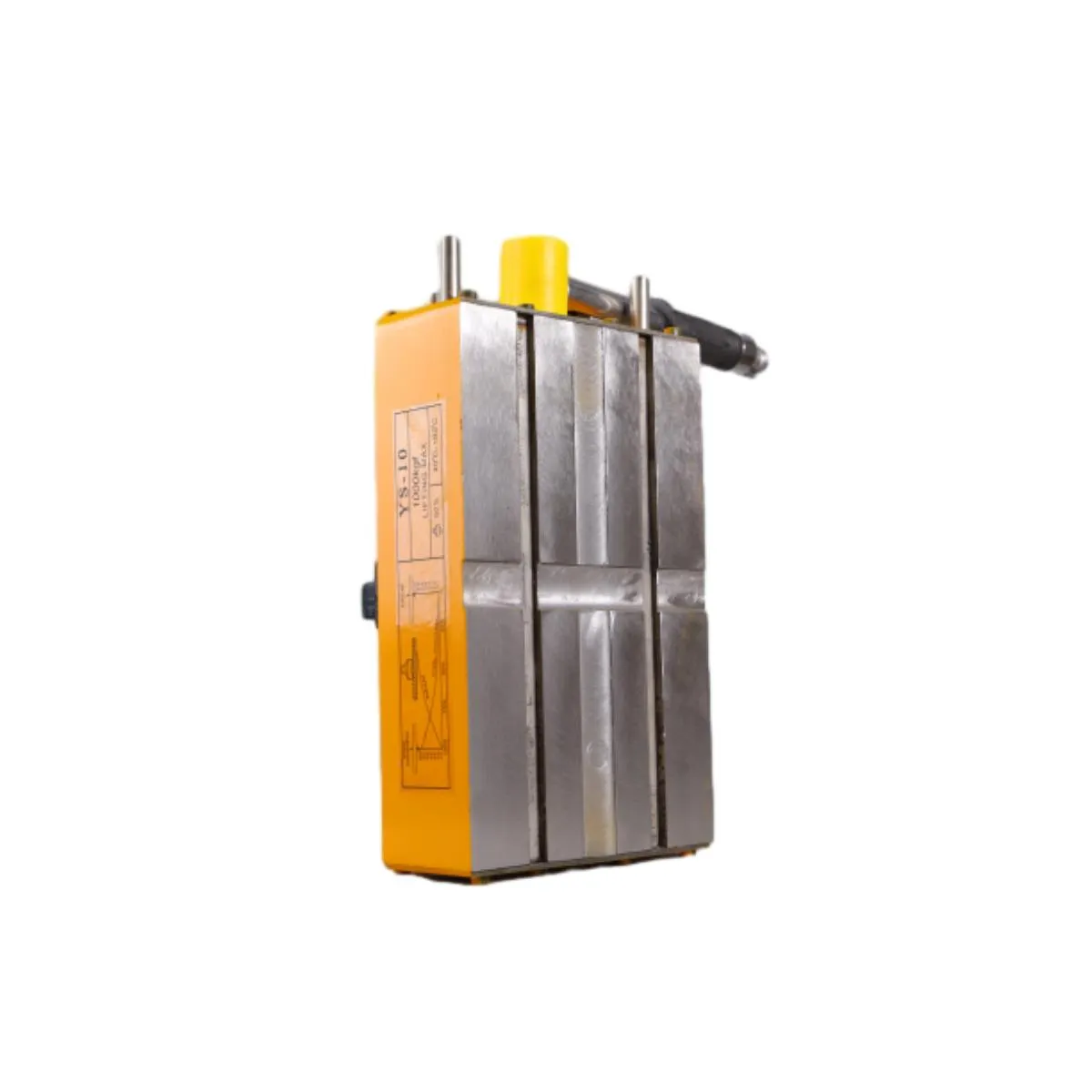Understanding the Mechanisms and Applications of Portal Crane Technology
The Significance of Portal Cranes in Modern Industry
Portal cranes, also known as gantry cranes, are an integral part of modern industrial operations, contributing significantly to the efficiency and safety of material handling. These cranes are characterized by their overhead structure, with a bridge spanning the width of a workspace and supported by two or more legs that move on wheels or tracks. Their versatility and robustness make them essential in various environments, including shipyards, ports, and construction sites.
Design and Functionality
Portal cranes come in various designs, tailored to meet specific operational needs. The basic structure consists of a horizontal beam, supported by vertical columns, allowing for both vertical lift and horizontal movement. This arrangement enables the crane to lift heavy loads, maneuver them across a designated area, and precisely place them where needed.
One key advantage of portal cranes is their ability to operate in limited space. Unlike traditional cranes that require extensive ground space, portal cranes can operate in more confined areas, making them ideal for urban construction sites or shipbuilding facilities. Additionally, their wheels or tracks allow for mobility, enabling quick repositioning as project requirements evolve.
Applications Across Industries
The applications of portal cranes are extensive. In the shipping industry, they play a critical role in loading and unloading container ships. The cranes can lift containers weighing several tons, streamlining operations at ports and reducing turnaround time for ships. This efficiency is essential in today’s fast-paced global trade environment, where time is a crucial factor.
In construction, portal cranes facilitate the movement of materials such as steel beams, precast concrete elements, and heavy machinery. Their ability to lift and move heavy loads with precision minimizes the risk of accidents and enhances site safety. Furthermore, the use of portal cranes can significantly reduce labor costs, as fewer workers are required to manage material handling tasks.
portal crane

Advantages Over Other Lifting Equipment
Compared to other lifting equipment such as tower cranes and forklifts, portal cranes offer several distinct advantages. Their design allows for greater lifting capacities, making them suitable for heavier items that other cranes might struggle with. Additionally, the stability of a portal crane provides a safer lifting environment, minimizing the risk of tipping or swaying loads.
Moreover, portal cranes can be easily integrated into existing production lines or warehouse systems. Many models come with advanced automation features, such as programmable logic controllers (PLCs) and remote controls, allowing operators to handle loads with precision from a safe distance.
Challenges and Considerations
Despite their many advantages, portal cranes are not without challenges. The initial investment required for purchasing and installing a portal crane can be substantial. Additionally, maintaining proper safety standards is crucial, as the impact of incorrect usage or malfunction can lead to serious accidents. Regular inspections and adherence to operational guidelines are essential to ensure safety and longevity.
Another consideration is the need for suitable infrastructure. Portal cranes require a robust supporting structure, including tracks or insubstantial ground surface capable of bearing heavy loads. Organizations must evaluate their existing environments to determine whether they can accommodate such equipment without significant modifications.
Conclusion
In conclusion, portal cranes play a vital role in the efficiency of modern industrial operations. Their ability to lift heavy loads, maneuver in tight spaces, and integrate with automated systems makes them indispensable in various sectors, including shipping and construction. While they present certain challenges, the benefits they bring in terms of productivity and safety make them a popular choice among industry professionals. As technology continues to advance, the capabilities and applications of portal cranes are likely to expand, further solidifying their place in the future of material handling and industrial operations.
-
Unlock Seamless Relocation with Our Heavy Equipment Moving ExpertiseNewsJun.06,2025
-
Unleash Unrivaled Flexibility with Our Adjustable Gantry CraneNewsJun.06,2025
-
Unleash Heavy-Duty Efficiency with Our Industrial Gantry Crane SolutionsNewsJun.06,2025
-
Revolutionize Steel Handling with Our Magnetic Lifter RangeNewsJun.06,2025
-
Master Equipment Mobility with Premium Machinery Mover SolutionsNewsJun.06,2025
-
Elevate Your Material Handling with Magnetic Lifter TechnologyNewsJun.06,2025
-
YS Permanent Lifting Magnets: The Smarter Way to Handle SteelNewsMay.22,2025
